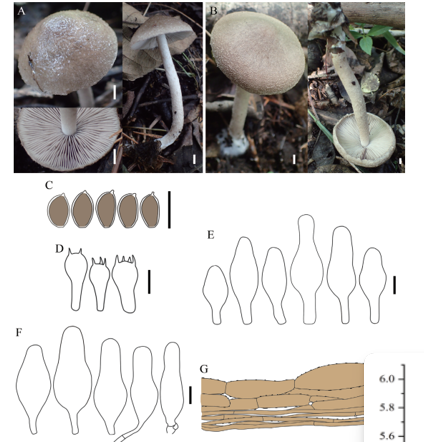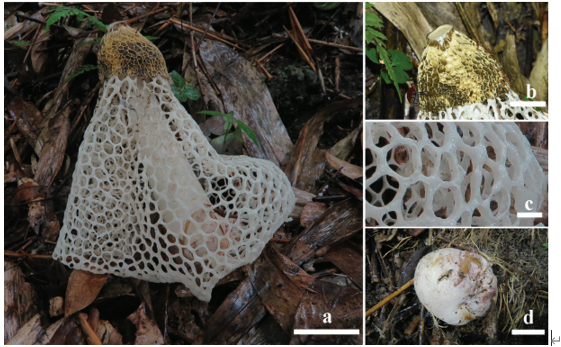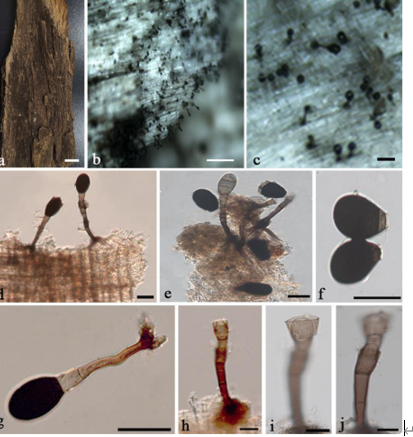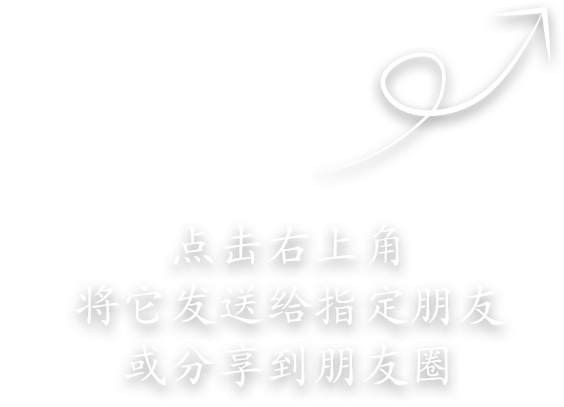Lonicericola fuyuanensis Yasanthika, L.S. Dissan., Monkai, & K.D. Hyde, sp. nov. 2020
Index Fungorum Number: IF557102; Facesoffungi Number: FoF 07190
Holotype: China, Yunnan, Qujing, Fuyuan, Fucunzhen, 25.36874 N, 104.5182 E, 1734 m, on dead twigs of a plant in the family Caprifoliaceae, 8 May 2019, L.S. Dissanayake (MFLU 19-2850, holotype).
Morphological description
Saprobic dead hanging branches of a plant in the family Caprifoliaceae, Sexual morph: Ascomata 180–220 μm high, 250–300 μm diam. (x̅ = 209.6 × 278.2 μm, n = 5), black, scattered, solitary to gregarious, immersed under host epidermis, slightly raised, globose to subglobose, uni or multi-loculate, glabrous, ostiolate, papillate. ostioles centrally located, oblong, with minute papilla, with porelike opening, filled with hyaline periphyses. Peridium 10–20 μm wide, of equal thickness, composed of several layers, of flattened to broad, brown to dark brown, pseudoparenchymatous cells, arranged in textura angularis to textura prismatica. Hamathecium composed of numerous, 1.5–3 μm wide, filamentous, septate pseudoparaphyses. Asci 60–90 μm × 7–10 μm (x̅ = 75.1 × 7.9 μm, n = 20), 8-spored, bitunicate, fissitunicate, broadly cylindrical to cylindric-clavate, subsessile to short pedicellate, with furcate to obtuse pedicel, apically rounded, with an ocular chamber 1–2 μm long, 1–2 μm wide (x̅ = 1.6 × 1.5 μm, n = 10). Ascospores 20–30 μm × 3–6 μm (x̅ = 23.9 × 4.3 μm, n = 30), overlapping 2–3-seriate, hyaline, fusiform, 3-septate, constricted at the septa, smooth-walled, with small to large guttules, surrounded by a mucilaginous sheath (14–18 μm diam.). Asexual morph: undetermined.
Habitat: on dead twigs of a plant in the family Caprifoliaceae
Distribution: China
GenBank Accession: LSU MN917865; SSU MN917867; ITS MN917866; tef1 MN938324
Notes: Phenotypic characterization reveals that Lonicericola fuyuanensis is morphologically similar to Aquastroma magniostiolata, Lonicericola hyaloseptispora, Multiseptospora bambusae, Neoaquastroma species and Parabambusicola species in having immersed to semi-erumpent ascomata, broadly cylindrical to cylindric-clavate asci and hyaline, fusiform ascospores. However, none of these have a strong phylogenetic assembly to our new isolate except Lonicericola. There is a very close phylogenetic affinity with high support between Lonicericola fuyuanensis and L. hyaloseptispora (type of Lonicericola), which was observed from the outcome of the ML, MP and BI analyses. However, the two species are morphologically distinct in terms of ascospore characteristics. Lonicericola fuyuanensis has 3-septate ascospores with enlarged median cells, while L. hyaloseptispora has (8–)9-septate ascospores with an enlarged 4th cell from the apex. To further investigate, we delved into nucleotide differences within the ITS and tef1 gene regions. Comparison of the 530 (not including gaps) nucleotides across the ITS regions (ITS1-5.8S-ITS2) reveals 51 bp (9.8%) in differences between Lonicericola fuyuanensis and L. hyaloseptispora which could be due to ITS polymorphisms (Stadler et al. 2020). However, examination of the 830 bp (not including gaps) of the tef1 region also reveals 40 bp (4.8%) differences between these strains suggesting these can be distinct species (Jeewon & Hyde 2016).
Reference: ERANDI YASANTHIKA1,2,3,6, LAKMALI S. DISSANAYAKE4,7, DHANUSHKA N. WANASINGHE2,5,8 et al.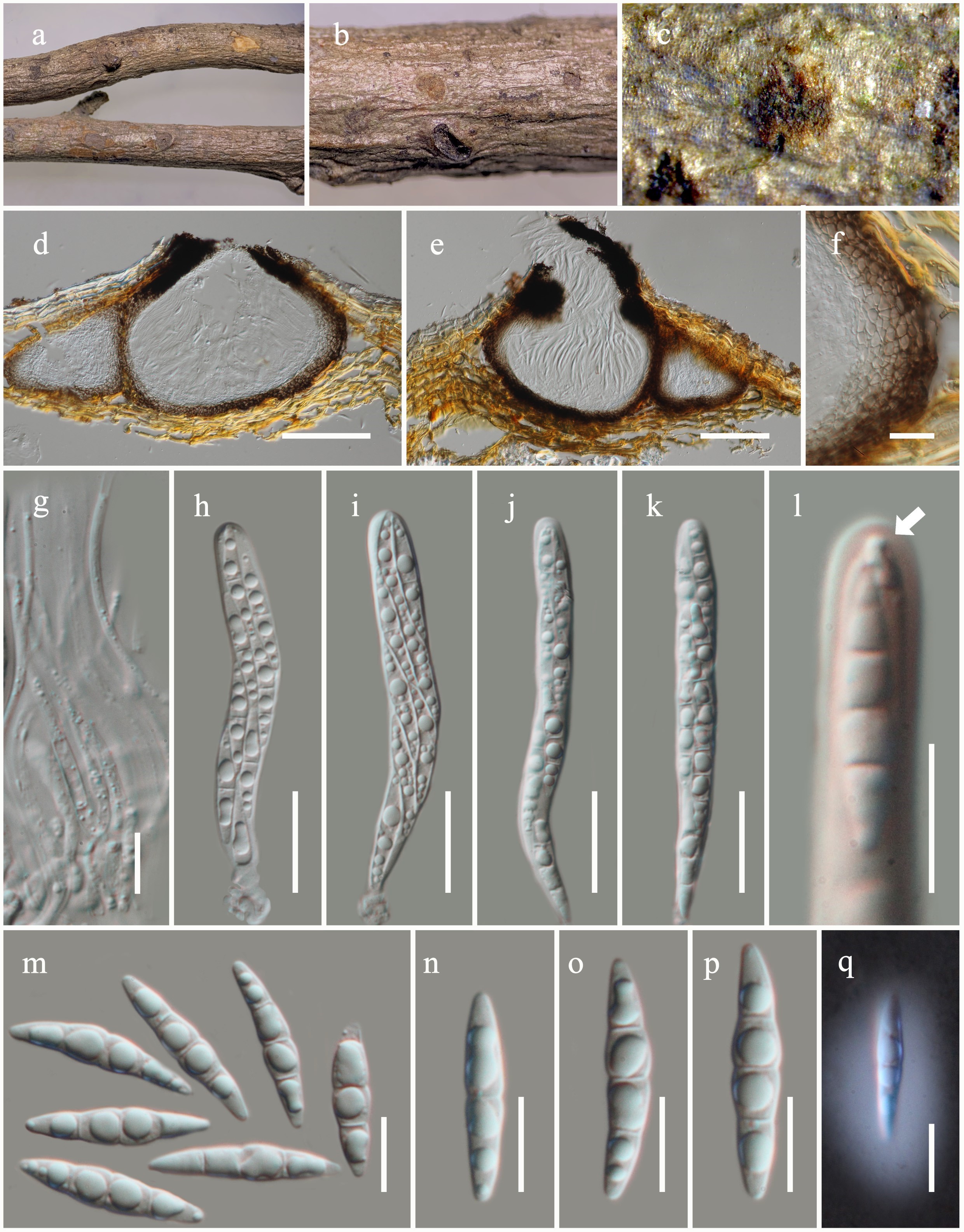
Lonicericola fuyuanensis (MFLU 19-2850, holotype). a–c Appearance of ascomata on host substrate. d, e Section of ascoma. f Peridium. g Pseudoparaphyses. h–k Asci. l Apical ring in an ascus stained with Congo Red (arrowed). m–q Ascospores (note the ascospore stained in Indian ink to show the mucilaginous sheath in q). Scale bars: d, e = 100 µm, f, h–k = 20 µm, g, l–q = 10 µm.


